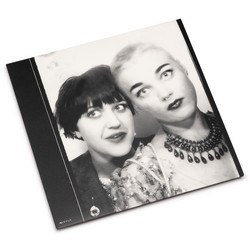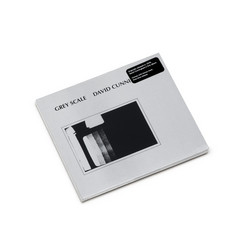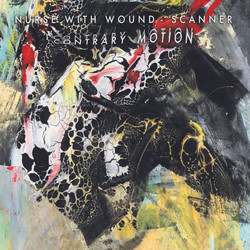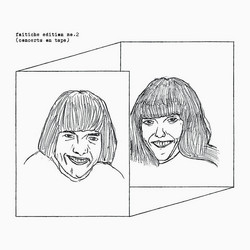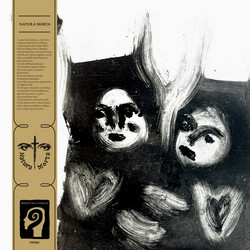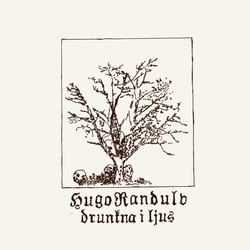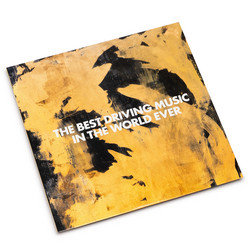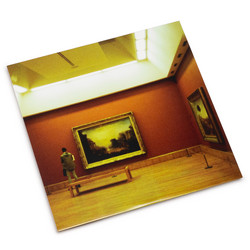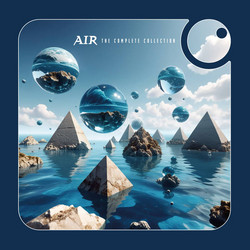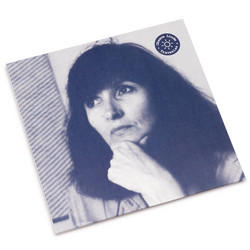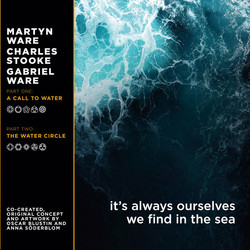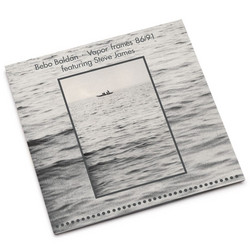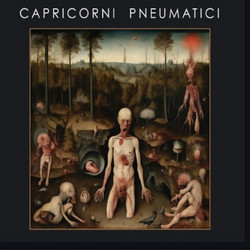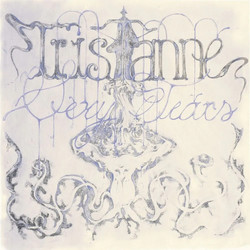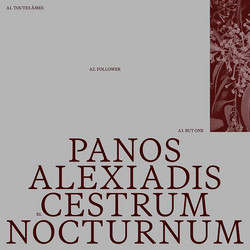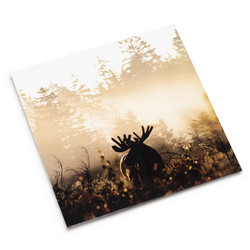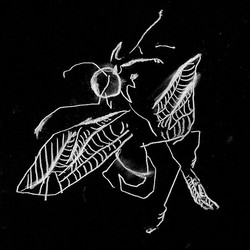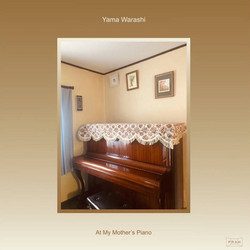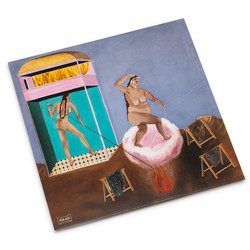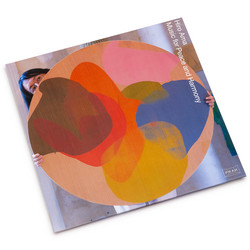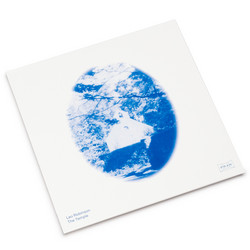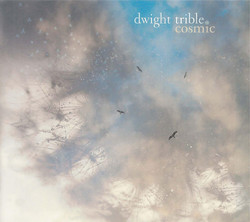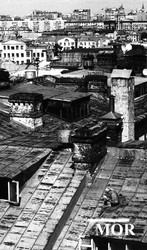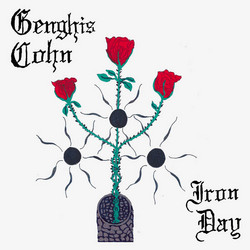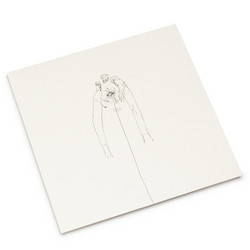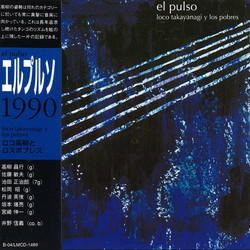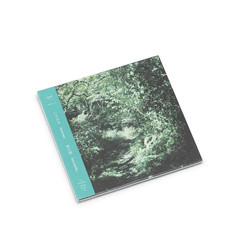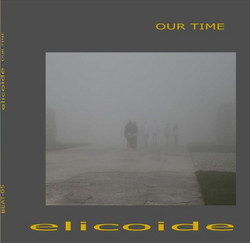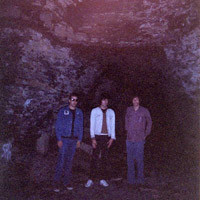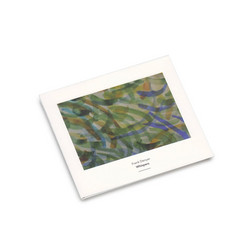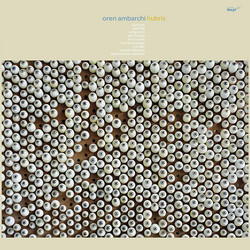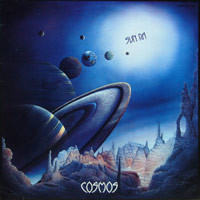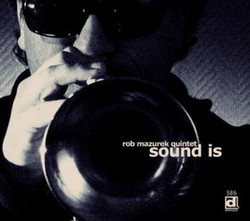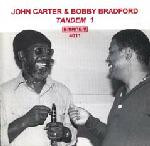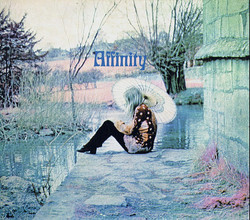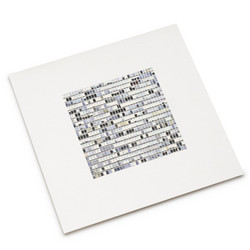Opt for the path less trodden — allow yourself to stray from it, even — and you might find, buried in the bracken, deep in the trees, a shining modernist monolith. Liquid as a mirror, glinting in the leaf-broken sun, it lies in wait off the beaten tracks of North Yorkshire, South Wales, or the A508 out of Milton Keynes. Or perhaps it is all of these places simultaneously and none of them: an amalgam of the wayside walks of the British Isles, accessed only by the maps of the mind. Heeding the call of the electric clarinet, the crooning song of a frog, you crunch across the forest floor, open the door, and step into the vigorous green, your edges shimmering as you ascend.
The monument’s acid-ambient architects are Paul Jones and Stephen Black — known jointly as the woodwind-and-key-wielding, sculptural-papier-mâché-hat-wearing Group Listening — and the bright cube is Walks, the duo’s third album. Following renegade reinterpretation records Clarinet & Piano: Selected Works Vol. 1 (2018) and Vol. 2 (2022), which pulled apart, pondered, and re-shaped cult ambient classics by the likes of Robert Wyatt, Arthur Russell and Beverly Glenn-Copeland, Walks is Group Listening’s first volume of completely original compositions. Slipping out of their analogue skins, they have “embraced our electronic selves” says Black. Jones adds: “There’s no acoustic piano on the new record, and Steve’s playing an EWI, wind synth…our electronic avatars have risen.”
Though the pair have collaborated musically for the last decade — and have forged in that time an unspoken, innate musical interplay — the prospect of writing a record together from scratch required some figuring out. “When we started Group Listening, we liked this idea of it being quite classical for want of a better word, home-made classical” says Jones. “I used to joke about it sounding like a Naxos recording, you know…like a mid-price classical label, but as if Joe Meek had recorded it.” With Walks, he continues, “our process was intentionally different.” Initially it was messy, disparate strands, specks of ideas, rummaged from the files, folders and boxes of each of the duo’s phones, computers and brains — where field recordings, experimental home demos and notes-to-selves had been stashed for later, and mostly forgotten about. In a fashion Jones likens to a game of exquisite corpse, each half of the band would send improvisations, or the sketches of a composition, for the other to build upon, ferrying the bricks back and forth between their homes in Cardiff and Penarth until they had built an album’s worth of entirely self-played, produced, mixed and mastered tracks. Layered like soil or time, none of the compositions may necessarily be regarded as finished, and live iterations may see them further built or rearranged.
Multilayered too is the record’s wide and wonderful list of inspirations: its writing informed by the saxophone of Sam Gendel, the “heightened naturalism” of a Martin Parr photograph; the clarity and site-specificity of Japanese ambient, environmental & new age music of the 80s and 90s (in particular that collected on Light in the Attic’s Kankyō Ongaku compilation) and, prominently, Robert Walser’s pseudo-biographical novella The Walk — an appreciation of the philosophical space gifted by walks to walkers. Much like the record’s artwork, created by Catrin James, these inspirations are cut and collaged together in freeform, bringing disparate landscapes into a beautiful, cohesive new plane.
